Fudo Falls and Minori Road
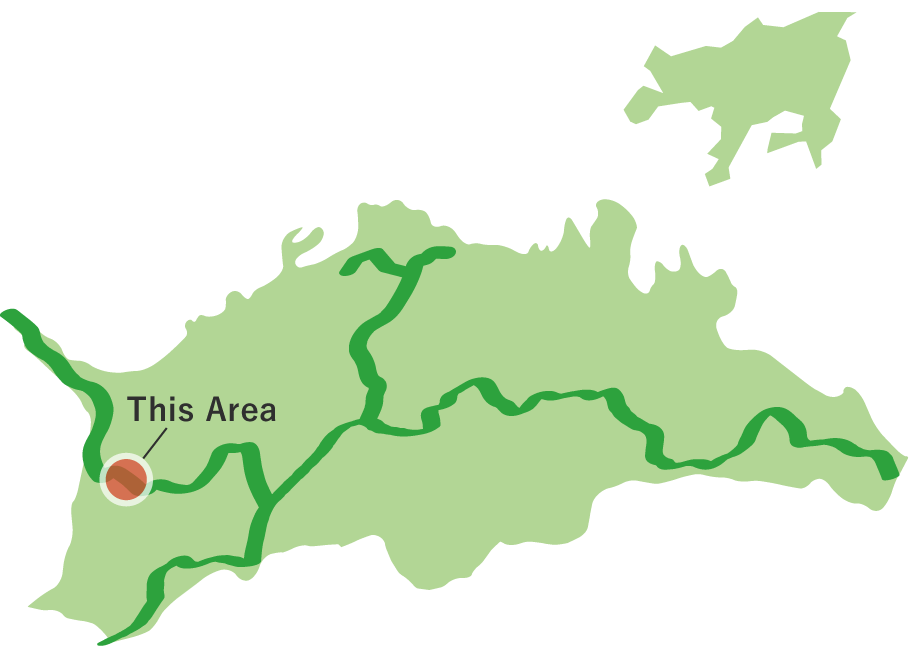
Fudo Falls and Minori Road
This route, stretching from the 70th temple, Motoyamaji, through Fudo Falls to Takaya Shrine, passes through a vast rural landscape. A delightful route where hikers can walk through orchards laden with fruit, enjoy the natural scenery, and explore the rich local history. Takaya Shrine, in particular, offers a breathtaking scenic spot that has gained popularity.
A leisurely walk on this route takes around three hours.
Fudo Falls and Minori Road(8.6km)

 Spots to photograph
Spots to photograph
If you wish to receive a certificate, please take a photo that includes yourself at the designated photo point for each course.
Nearby sightseeing spots

-
1
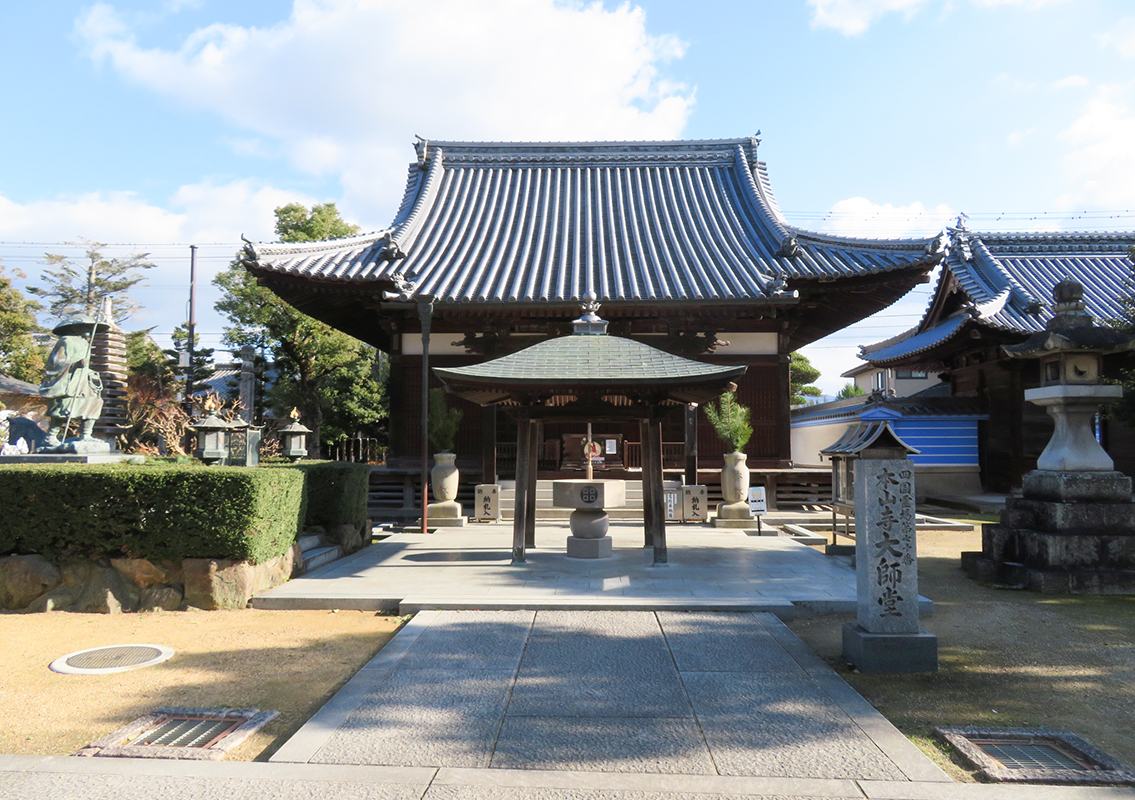 Motoyamaji Temple
Motoyamaji TempleThe area around Motoyamaji Temple is an old temple town known as Jike. The towering five-story pagoda stands tall in the temple grove, visible from afar, offering a calming sight to travelers. Within the temple grounds, structures such as the Niomon Gate, known as the Hakkyakumon (eight-pillared gate), the main hall, and various other buildings reflect the dignity of a grand temple.
-
2
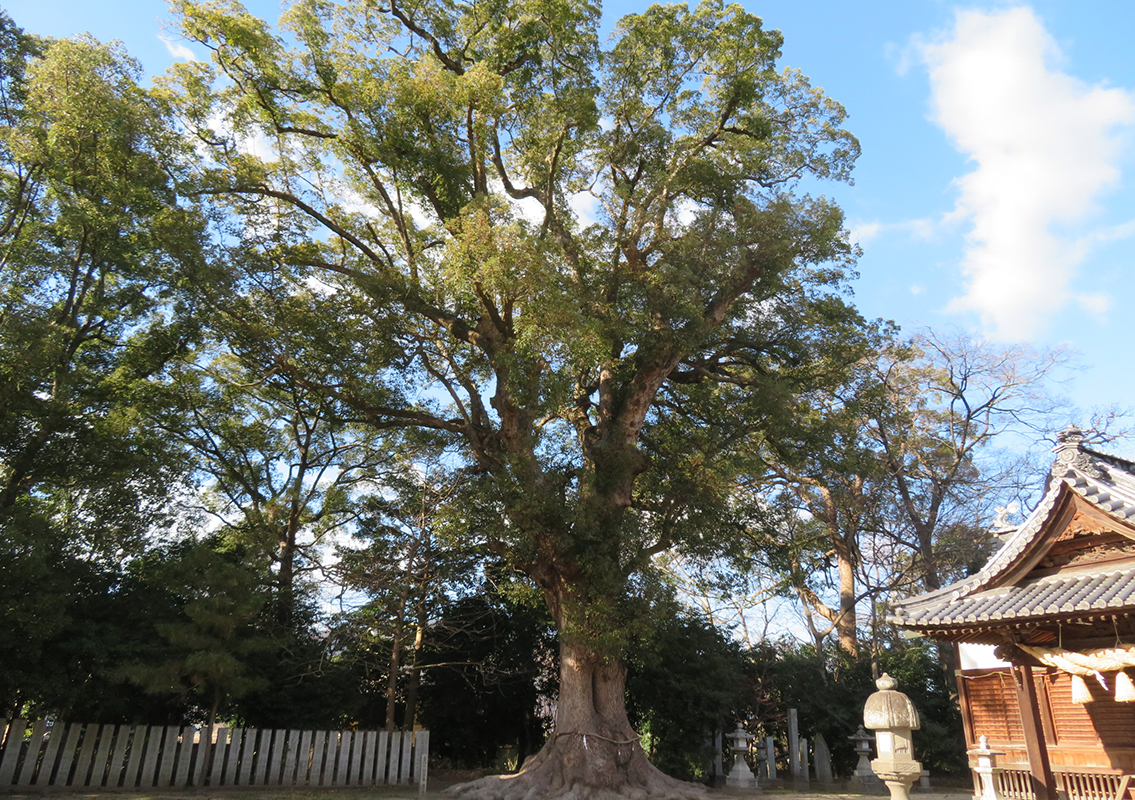 Kagawa's Preserved Trees: The Camphor Tree of Kora Shrine
Kagawa's Preserved Trees: The Camphor Tree of Kora ShrineTurning right before the small bridge near Motoyamaji Temple, then making another right at the end of the road, leads hikers straight to Kora Shrine. Upon passing through the shrine gate, the towering camphor tree stands to the left. The tree's trunk splits into two midway but later rejoins into a single form—an unusual natural phenomenon. The tree is exceptionally lively, harmonizing with the nearby shrine buildings and exuding an air of grandeur.
-
3
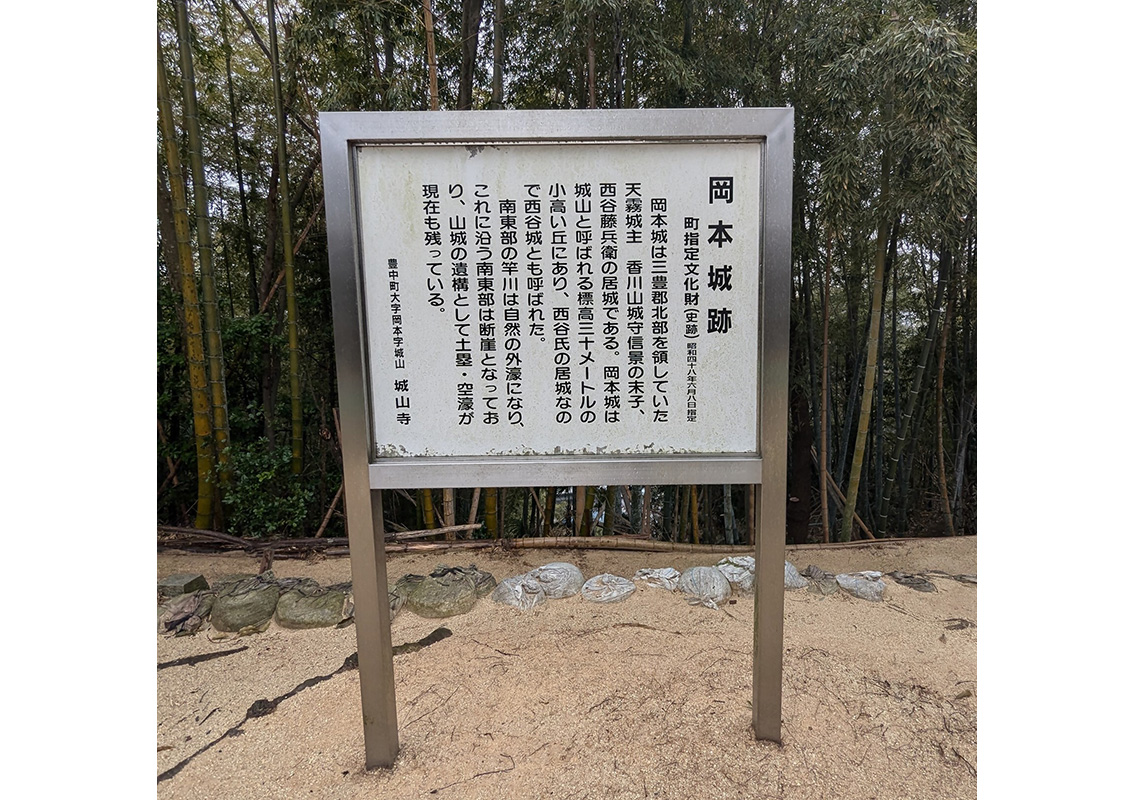 Jozanji Temple (Okamoto Castle)
Jozanji Temple (Okamoto Castle)Jozanji Temple is situated on a small hill, offering panoramic views of Kanonji City, the rolling hills of Mt. Shippo, and Fudo Falls. This location is also home to the ruins of Okamoto castle, a site designated as a historic landmark by Mitoyo City. Although relatively small for a mountain castle of its time, it had strong connections with other castles in the Mitoyo region. The site retains features such as wells, dry moats, and earthen embankments, while natural defenses such as valleys, rivers, and waterfalls provided additional protection. The main path leading to the castle is also quite grand.
-
4
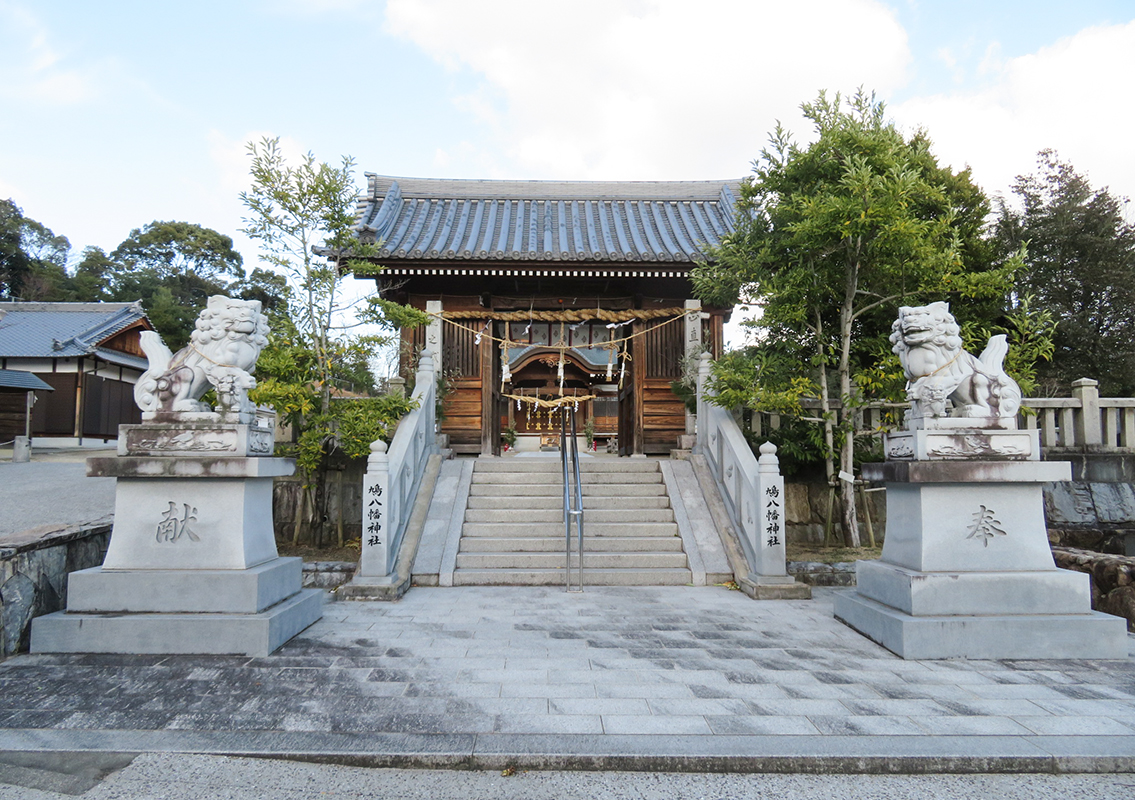 Hatohachiman Shrine
Hatohachiman ShrineThis shrine is dedicated to Emperor Oujin and Empress Jingu. Pigeons are considered the messengers of Hachiman, the deity of war and protection, and have a deep connection to the Hachiman shrine. Many of the buildings are impressive, and due to renovations, the shrine is well maintained.
-
5
 Fudo Falls
Fudo FallsA beautiful waterfall cascading nearly straight down a 50-meter cliff, striking the rocks along the way. The name comes from a legend that Kobo Daishi carved a statue of Fudo Myoo into the rock while practicing ascetic training here.
Selected as one of Sanuki's 100 Scenic Spots and a designated environmental conservation area by Kagawa Prefecture, it offers breathtaking views throughout the seasons—mountain cherry blossoms in spring, fresh greenery in early summer, and vibrant autumn foliage.
A park near the waterfall features a lawn area, a children's playground, and even a mini-golf course, making it a great place for visitors of all ages. -
6
 Hoshuji Temple
Hoshuji TempleThe temple's mountain name (sango) is Shippozan Gokokuin. The predecessor of this temple, Takayaji Temple, is said to have been founded during the Tenpyo era (8th century) and was located near what is now Takaya Elementary School. The principal deity is a standing statue of Amida Nyorai, believed to have been crafted by Gyoki, flanked by Kannon Bosatsu and Seishi Bosatsu as attendant figures. The temple enshrines a statue of Hotei, one of the Seven Lucky Gods, and houses bronze Kakebotoke (hanging Buddhist images), which are designated as tangible cultural properties of Kanonji City.
-
7
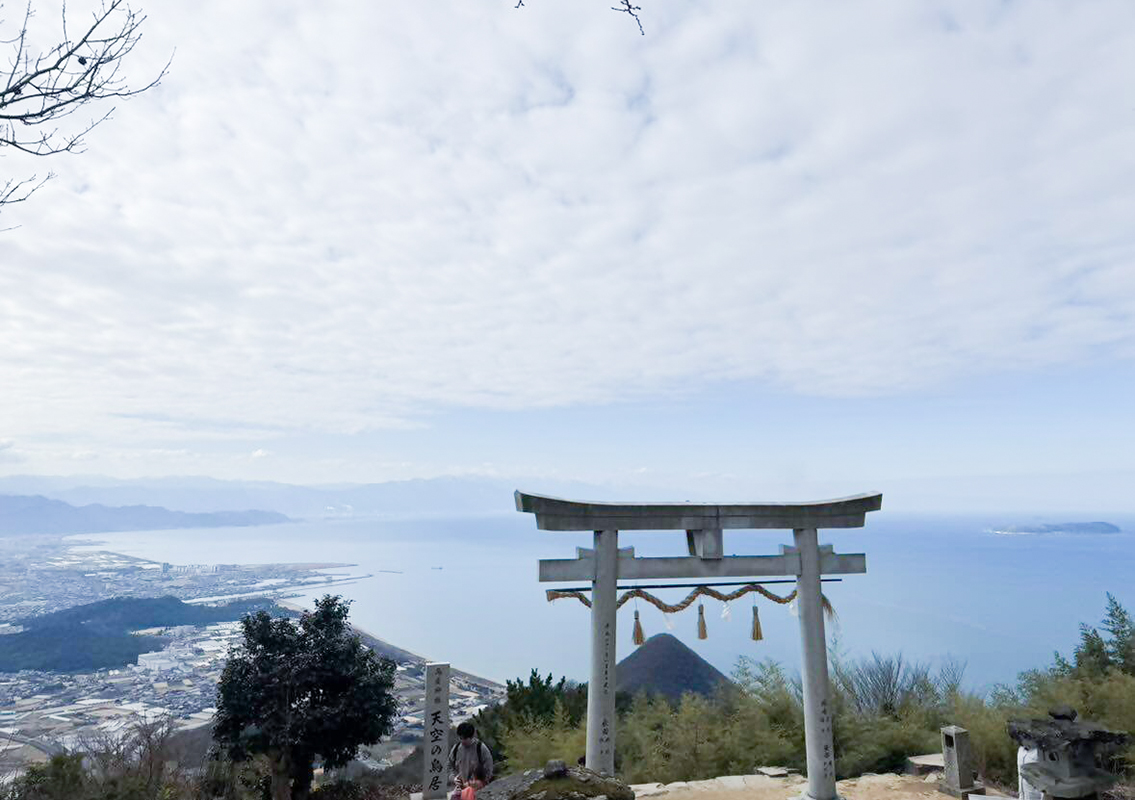 Takaya Shrine
Takaya ShrineTakaya Shrine is a historically significant shrine, counted among the 24 Engishiki shrines of Sanuki Province.
The main shrine has gained popularity on social media as the "Torii in the Sky," offering breathtaking panoramic views of the Seto Inland Sea and Kanonji City. Below, the vast expanse of the Hiuchinada seawaters and Ariake Beach stretches out before onlookers. On clear days, hikers can even see as far as Mt. Ishizuchi, making this a perfect scenic spot.



